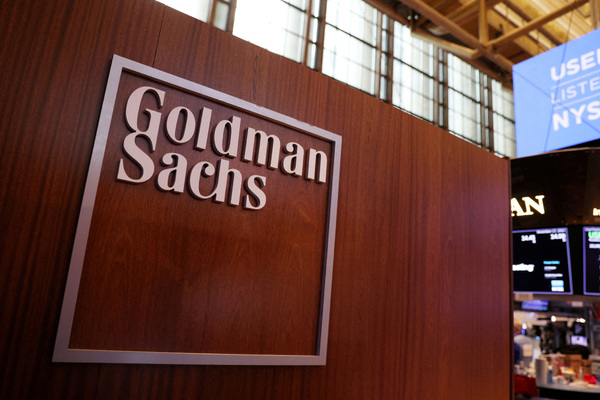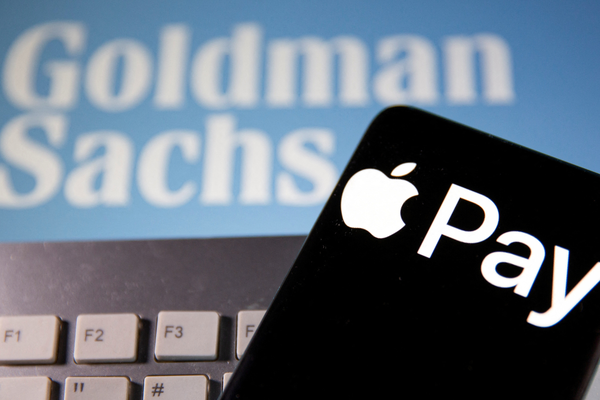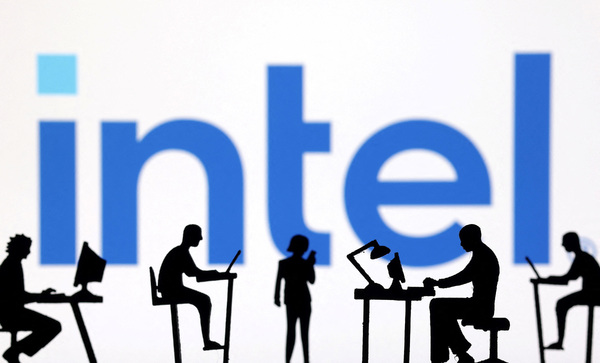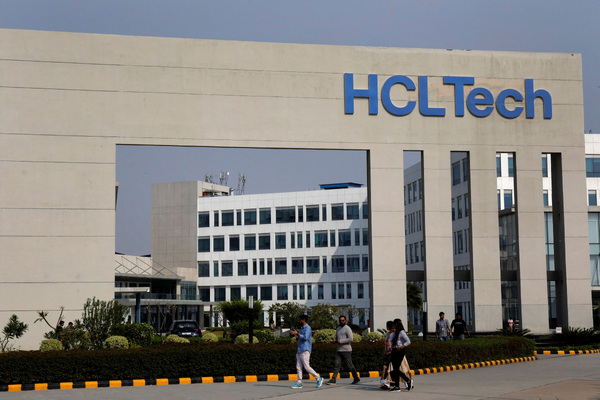How direct account payments are one step closer to taking on payment cards

The ultimate purpose of the UK’s Open Banking Standard was to make users’ bank accounts, and their banks’ payment systems, accessible to third-party providers to stimulate competition and broaden the range of available financial products.
Open Banking capabilities and products were built on a foundation originally designed to enable one-way payments only. However, as payment initiation service providers have been stepping increasingly into the Open Banking arena, it has become obvious that the standard’s inability to initiate refunds is a huge impediment to its uptake – especially considering how strongly e-commerce and online payments present as use-cases.
<p>There have been attempts to sort out the issue on a systemic level. In 2020, the nine big banks that form the backbone of Open Banking in the UK were requested to allow third-party providers to pull users’ payment data from the banks’ APIs in support of reverse payments – the standard’s equivalent to refunds.
But native OB APIs didn’t prove good or fast enough – the process was slowed down by extra API calls, it didn’t enable instant refunds that could challenge those made by cards, and authorisation of reverse payments was cumbersome. At that point, the innovation baton was passed on to OB infrastructure architects and payment initiation service providers.
A faster and more efficient solution for refunding payments has been achieved by reversing the original direct, account-to-account (A2A) payment process. For this to work, when initiating OB payments, the customer must indicate to their bank that they want to retrieve the refund account information as part of the payment details returned from a successful payment. In the event of the payer requesting a refund, the merchant can look up account details using the ID of the original payment.
The speed and security features of reverse payments carried out with this new solution could turn direct account payments into a powerful alternative to online debit and credit card payments. Given A2A payments’ edge over the latter in terms of security and low fees resulting from disintermediation, these new features have the potential to turn bank payments into a competitive option at the checkout. Better online conversion rates – the ratio of those making an actual purchase when visiting the website – also work in this alternative payment’s favour.
Moreover, figures of OB platforms show that once a merchant offers the A2A option among its methods of payment, the share of checkouts done with Open Banking tends to increase by 30 per cent within a few months. Readiness to switch may further grow if online customers learn about the speed, ease and transparency of direct account refunds. Especially so, because currently refunds of payments made by cards will take two to five days on average to be credited to the buyer’s account. This is definitely a turn-off for many who would otherwise – with the safety net of quick and guaranteed refunds – be willing to take up online shopping or risk buying more valuable items this way.
The Global Payments Report 2021 by financial technology provider FIS predicts that A2A payments will surpass those made by cards by 2023. Regardless of whether that forecast is accurate, or that it will take longer to reach the tipping point, the current success of A2A payments serves as an excellent example of how Open Banking is paving the way towards innovation and the development of better financial products.

Zita Goldman
Related Articles
Most Viewed
Winston House, 3rd Floor, Units 306-309, 2-4 Dollis Park, London, N3 1HF
23-29 Hendon Lane, London, N3 1RT
020 8349 4363
© 2025, Lyonsdown Limited. Business Reporter® is a registered trademark of Lyonsdown Ltd. VAT registration number: 830519543





